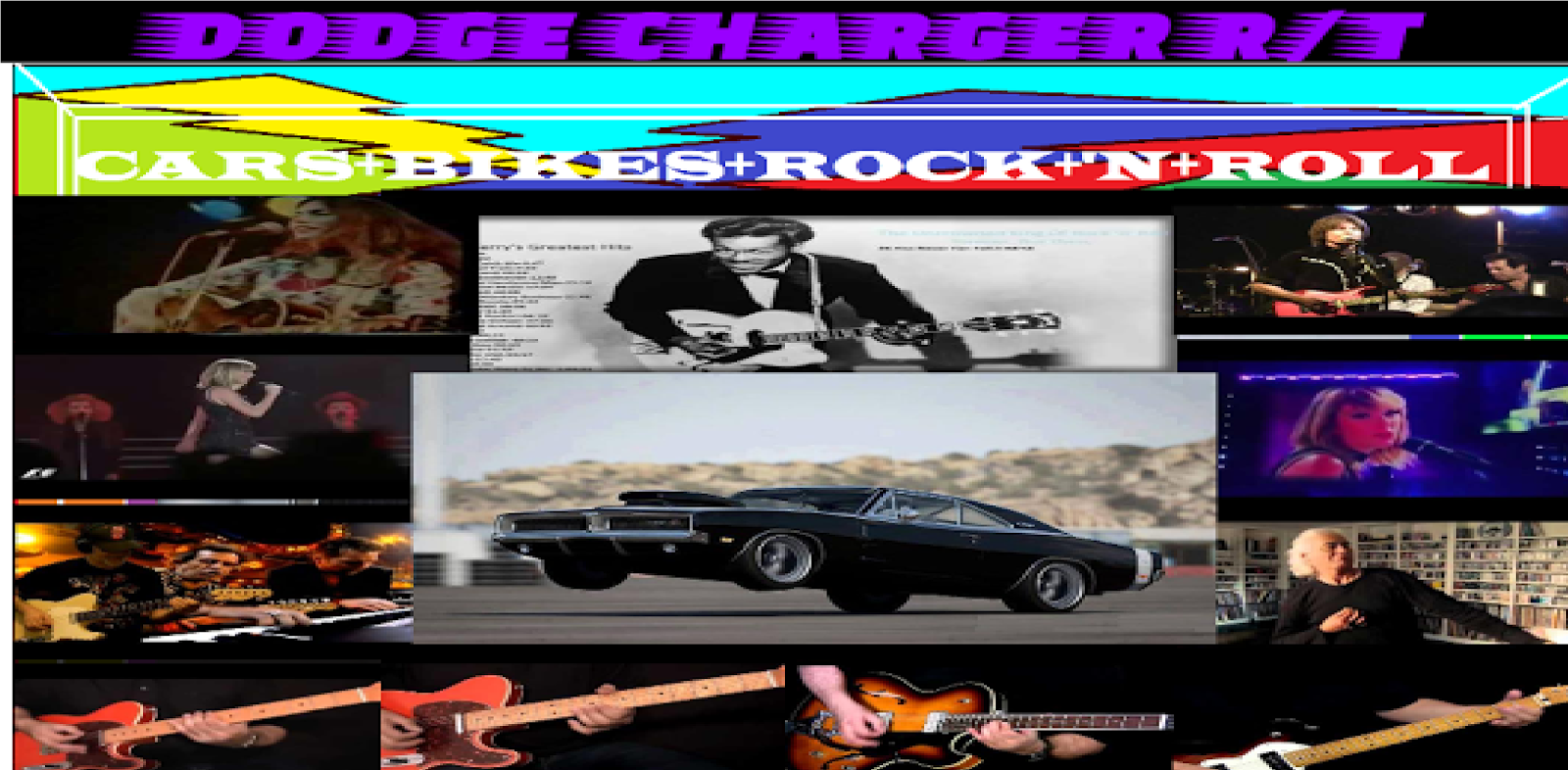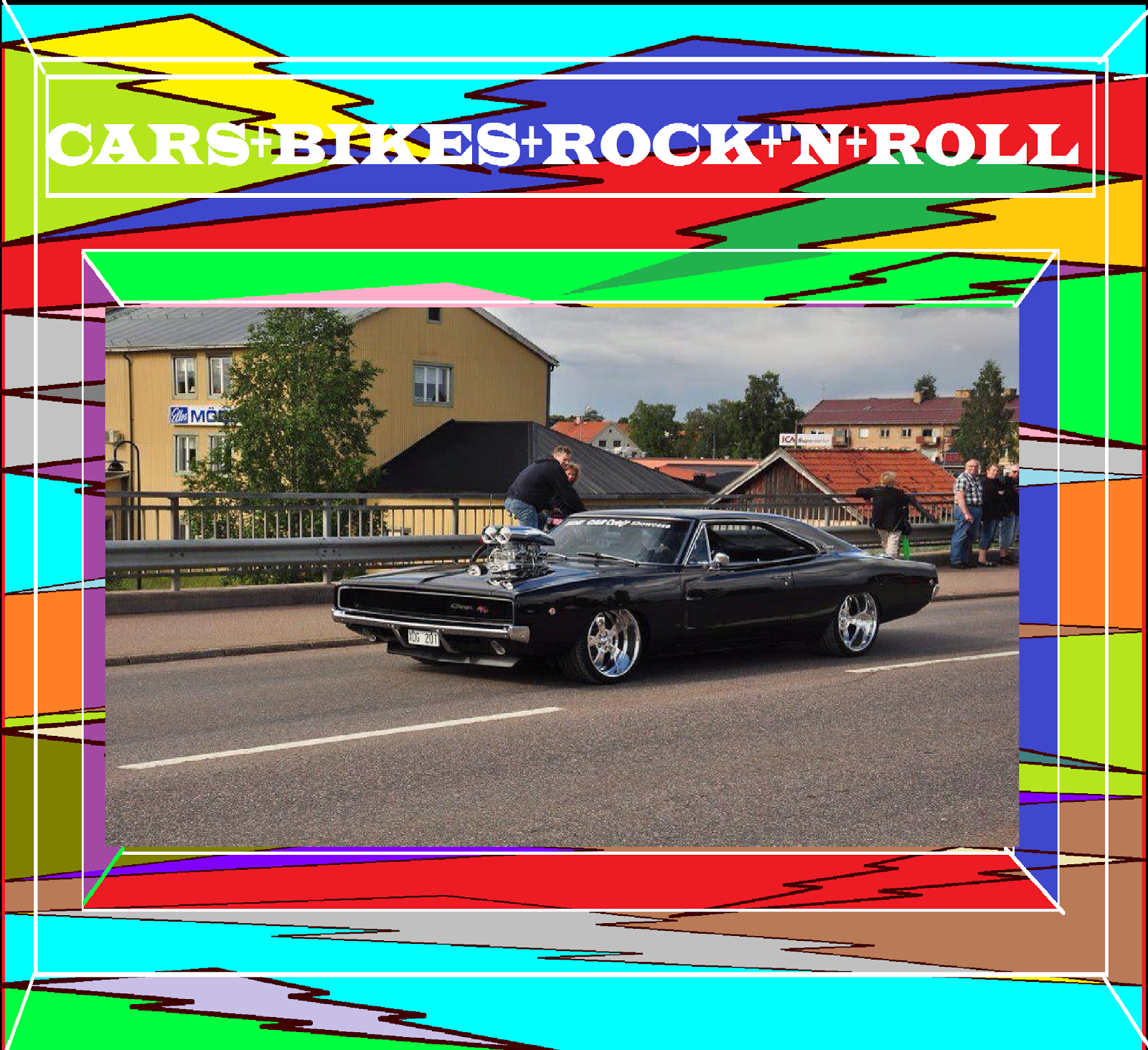Wednesday, May 31, 2017
Monday, May 29, 2017
Sunday, May 28, 2017
Saturday, May 27, 2017
Friday, May 26, 2017
Monday, May 22, 2017
Sunday, May 21, 2017
Saturday, May 20, 2017
Friday, May 19, 2017
Thursday, May 18, 2017
Wednesday, May 17, 2017
Tuesday, May 16, 2017
Saturday, May 13, 2017
2017 Spanish Grand Prix: Lewis Hamilton Pole Lap
1Lewis HamiltonMercedes1m19.149s-2Sebastian VettelFerrari1m19.200s0.051s3Valtteri BottasMercedes1m19.373s0.224s4Kimi RaikkonenFerrari1m19.439s0.290s5Max VerstappenRed Bull/Renault1m19.706s0.557s6Daniel RicciardoRed Bull/Renault1m20.175s1.026s7Fernando AlonsoMcLaren/Honda1m21.048s1.899s8Sergio PerezForce India/Mercedes1m21.070s1.921s9Felipe MassaWilliams/Mercedes1m21.232s2.083s10Esteban OconForce India/Mercedes1m21.272s2.123s11Kevin MagnussenHaas/Ferrari1m21.329s2.180s12Carlos SainzToro Rosso/Renault1m21.371s2.222s13Nico HulkenbergRenault1m21.397s2.248s14Romain GrosjeanHaas/Ferrari1m21.517s2.368s15Pascal WehrleinSauber/Ferrari1m21.803s2.654s16Marcus EricssonSauber/Ferrari1m22.332s3.183s17Jolyon PalmerRenault1m22.401s3.252s18Lance StrollWilliams/Mercedes1m22.411s3.262s19Stoffel VandoorneMcLaren/Honda1m22.532s3.383s20Daniil KvyatToro Rosso/Renault1m22.746s3.597s
Friday, May 12, 2017
Thursday, May 11, 2017
Saturday, May 6, 2017
STALIN'S SECRET TECHNOLOGY, UNBEATABLE, INVINCIBLE AND ALONE, DEFEATED THE MIGHTY FREE GERMANS OF 1933-45.
WORLD'S FIRST VERTICAL TAKE OFF/LANDING SUPERSONIC YAK 38 AND YAK 141 OF THE 70'S. IN FACT ROCKET AND JET PROPULSION BEGAN IN THE EARY 30'S UNDER TOP SECRECY, LONG BEFORE THE GERMANS. STALIN'S SUCCESSORS SHOCKED THE WORLD BY SENDING THE FIRST MAN INTO SPACE, YURI GAGARIN IN 1968.3.9.
Friday, May 5, 2017
Monday, May 1, 2017
Subscribe to:
Posts (Atom)

